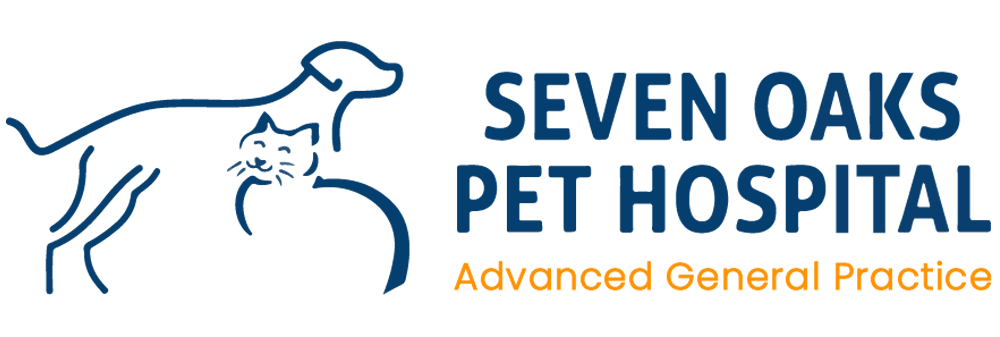Abdominal Exploratory Laparotomy
To download and print this information, please click here.
An abdominal exploratory is a surgical procedure involving the opening of the abdominal cavity and examination of the abdominal organs.
Indications:
An abdominal exploratory is indicated whenever there is significant abdominal disease that eludes diagnosis such as
- Chronic Vomiting,
- Penetrating Abdominal Wounds,
- Abdominal Pain,
- Abdominal Fluid Accumulation,
- Urinary Bladder Disease,
- Abdominal Masses And
- Intestinal diseases are some of the more common indications for an abdominal exploratory.
Pre-Surgical Tests:
- Preoperative tests depend in part on the age and general health of the animal as well as the reason for the abdominal exploratory.
- Typically, radiographs, blood count, serum biochemical tests, a urinalysis, and possibly an EKG are performed.
Type of Anesthesia:
- As in human patients, the procedure in dogs and cats requires general anesthesia to induce complete unconsciousness and relaxation.
- In the usual case, the pet will receive a pre-anesthetic sedative-analgesic drug to help him relax, a brief intravenous anesthetic to allow placement of a breathing tube in the windpipe, and subsequently inhalation (gas) anesthesia in oxygen during the actual surgery.
Abdominal Exploratory Surgery:
- Following anesthesia, the pet is placed on a surgical table, lying on his back. The hair is clipped over the middle of the abdomen, the skin is scrubbed with surgical soap to disinfect the area, and a sterile drape is placed over the surgical site.
- Veterinarian uses a scalpel to incise the skin at the middle of the abdomen to open the abdominal cavity. The abdominal organs are examined and evaluated.
- If deemed necessary, other surgical procedures such as spleenectomy, biopsy, cystotomy, ovariohysterectomy, gastrotomy or enterotomy may be performed.
- The abdominal incision is then closed with one or two layers of self-dissolving sutures (stitches). The outer layer of skin is closed with sutures or surgical staples; these need to be removed in about 10 to 14 days.
Abdominal Exploratory Time:
- The procedure takes about one to two hours to perform in most cases, including the needed time for preparation and anesthesia.
- The time will vary depending on any other surgical procedures that are performed.
Risks and Complications:
- The overall risk of this surgery is moderate to low, depending on the reason for the procedure.
- The major risks are those of general anesthesia, bleeding (hemorrhage), postoperative infection, intestinal or urinary bladder leakage and wound breakdown (dehiscence) over the incision.
- Overall complication rate is low, but serious complications can result in death or the need for additional surgery.
Aftercare:
- Postoperative medication is given to relieve pain, which is judged in most cases to be moderate and can be effectively eliminated with safe and effective pain medicines.
- The home care requires reduced activity until the stitches are removed in 10 to 14 days.
- You should inspect the suture line daily for signs of redness, discharge, swelling, or pain.
Hospitalization:
- The hospital stay will vary depending on the reason for the exploratory and any additional surgeries that were performed.
- Hospital stays may vary from 2 to 5 days and release from the hospital will depend on the overall health of the pet



